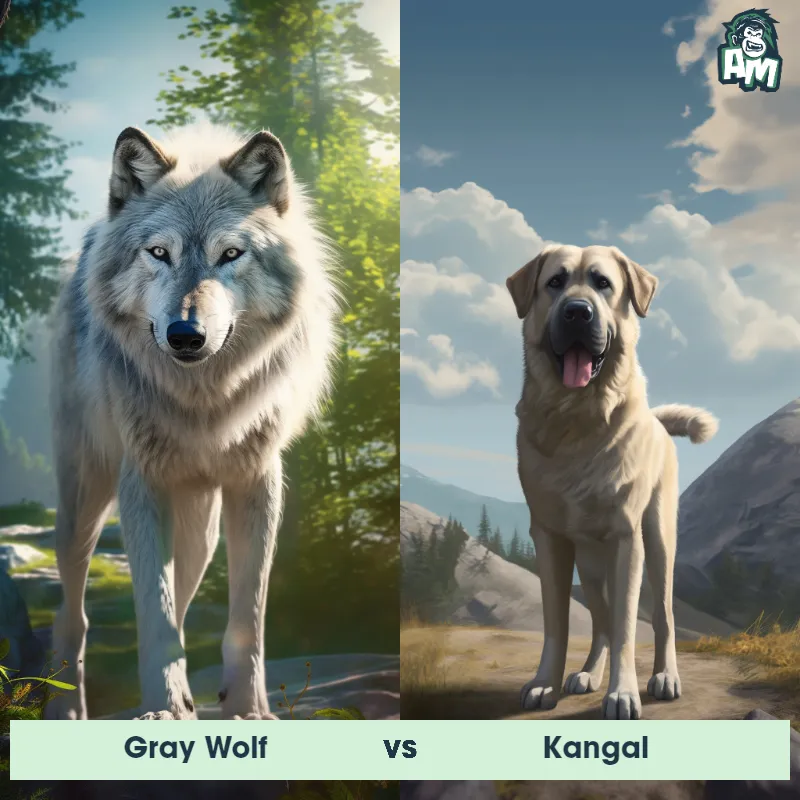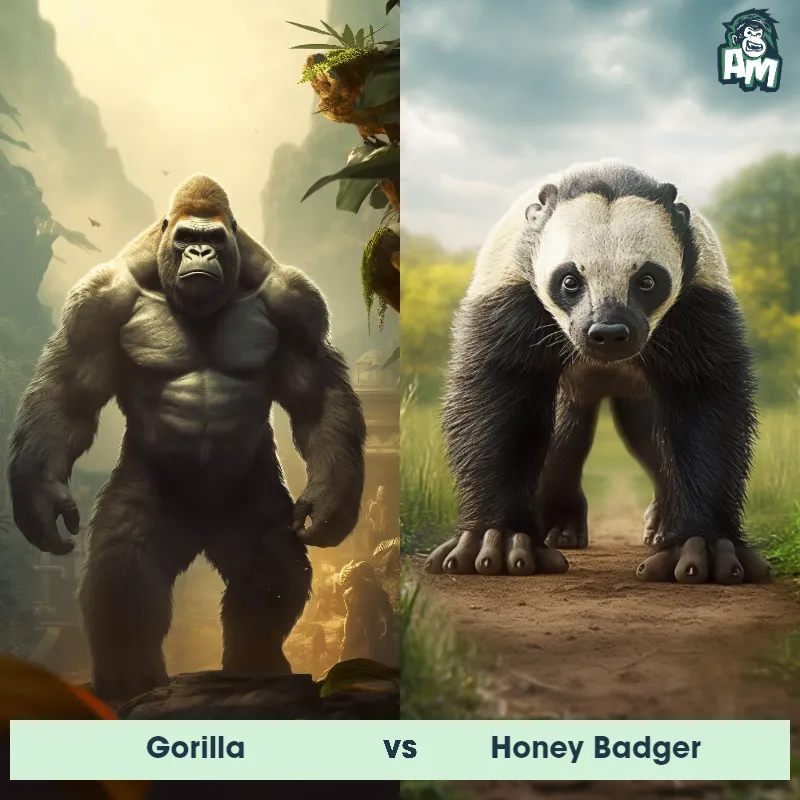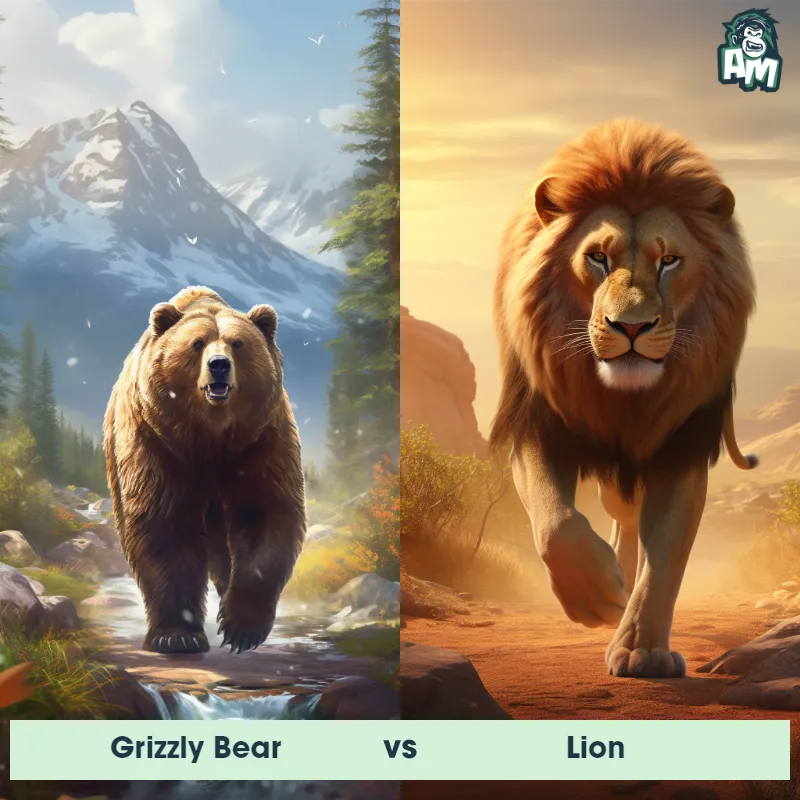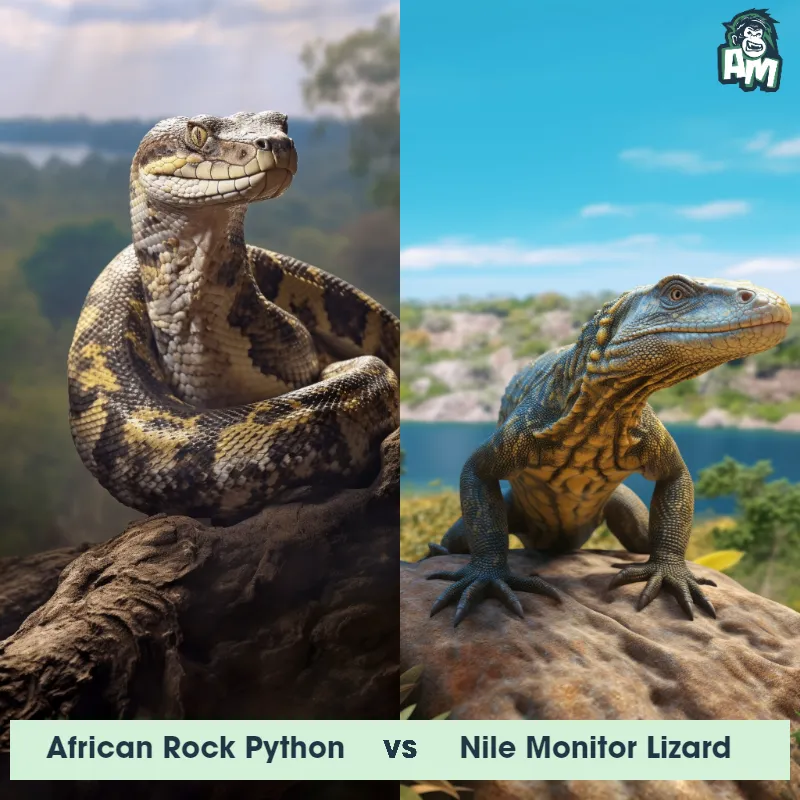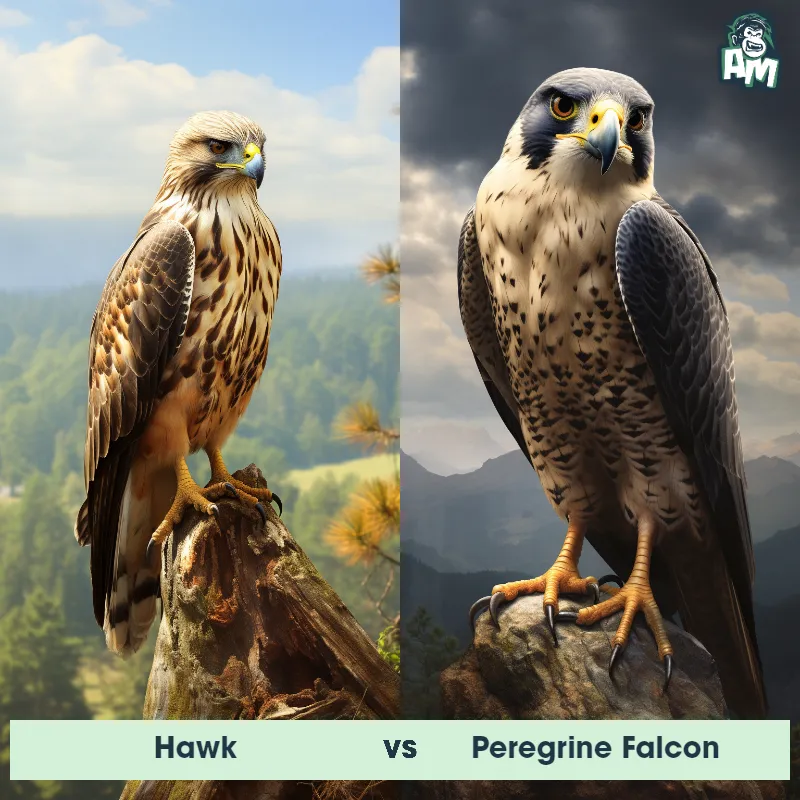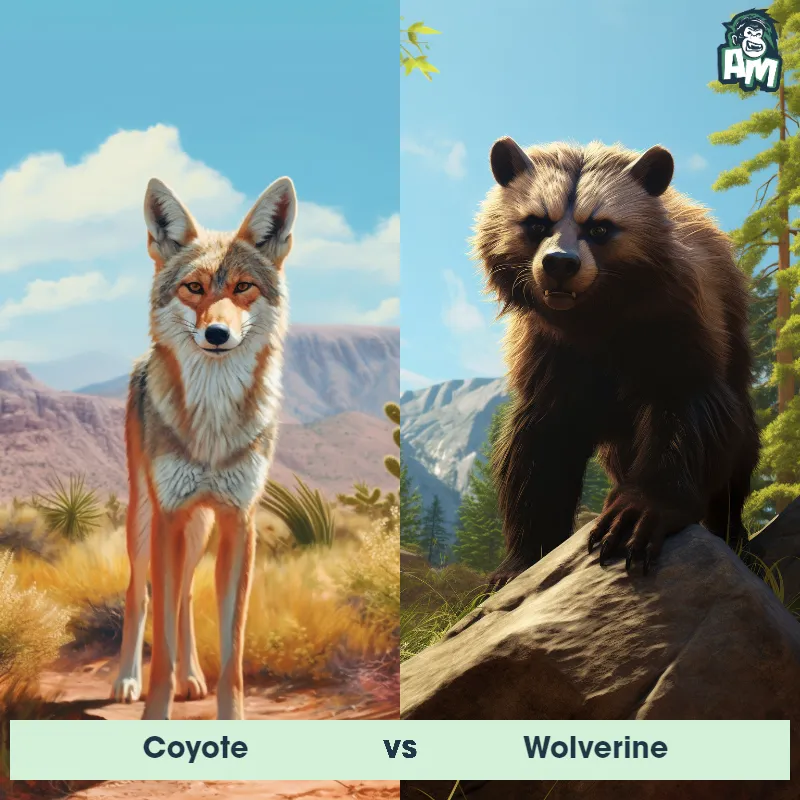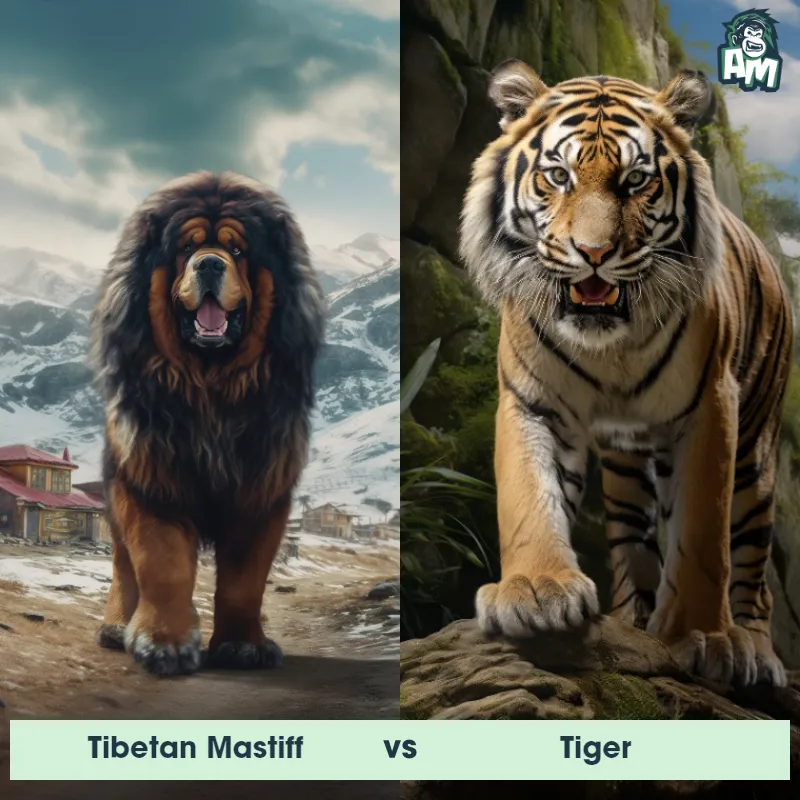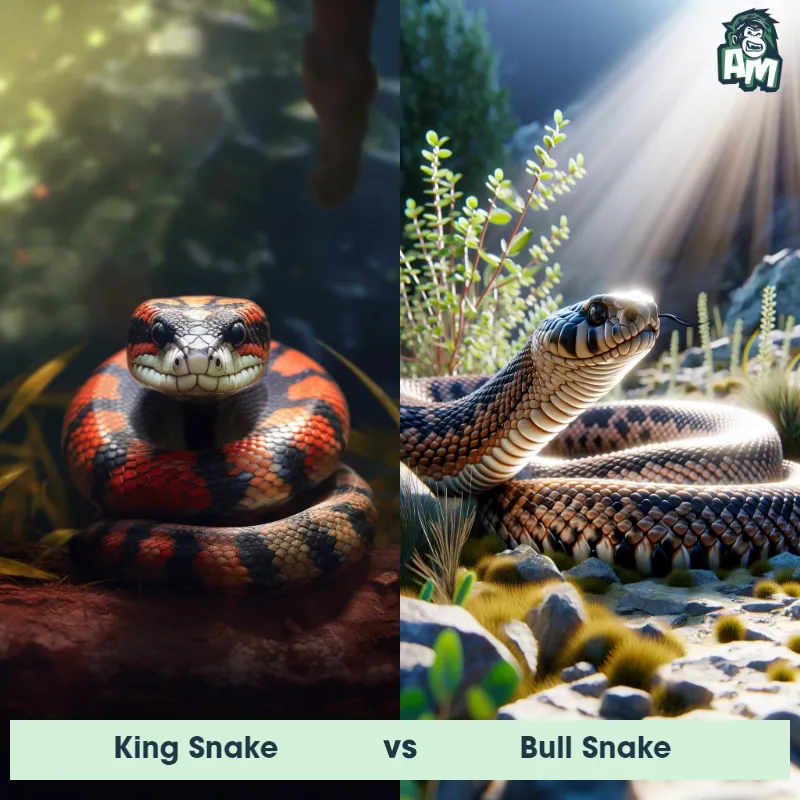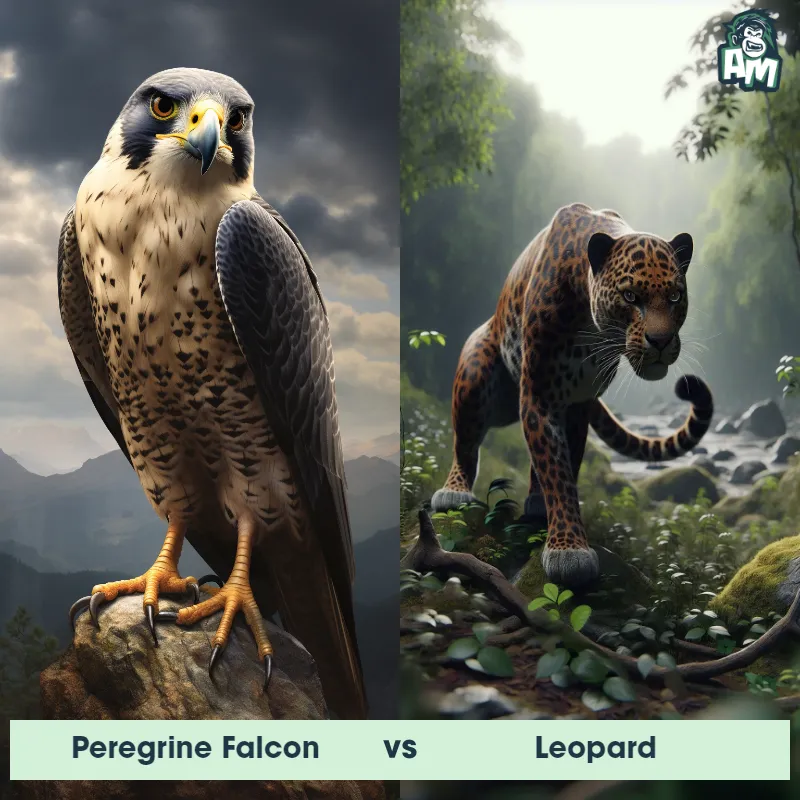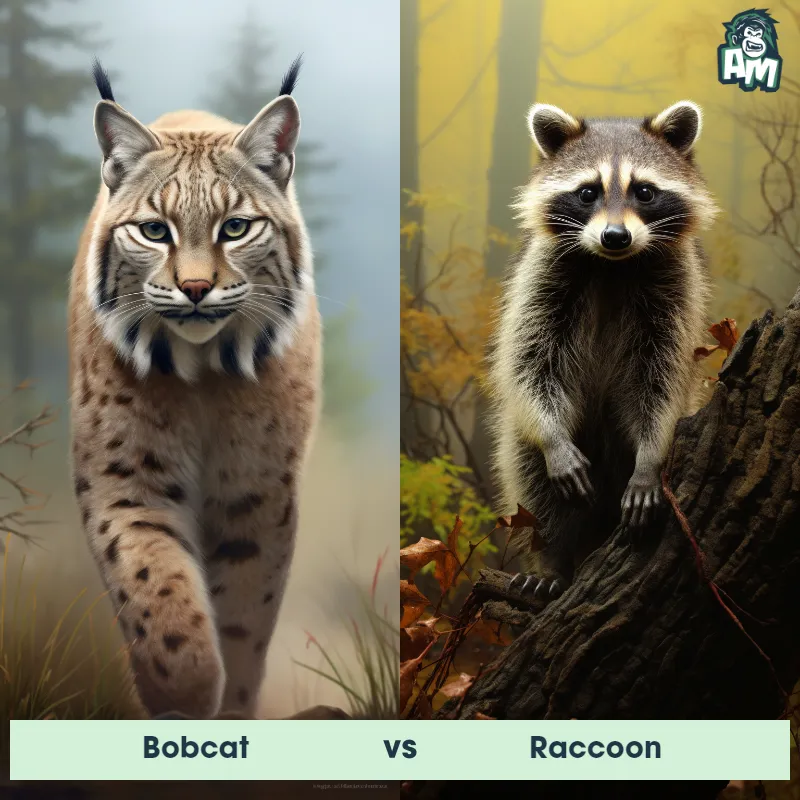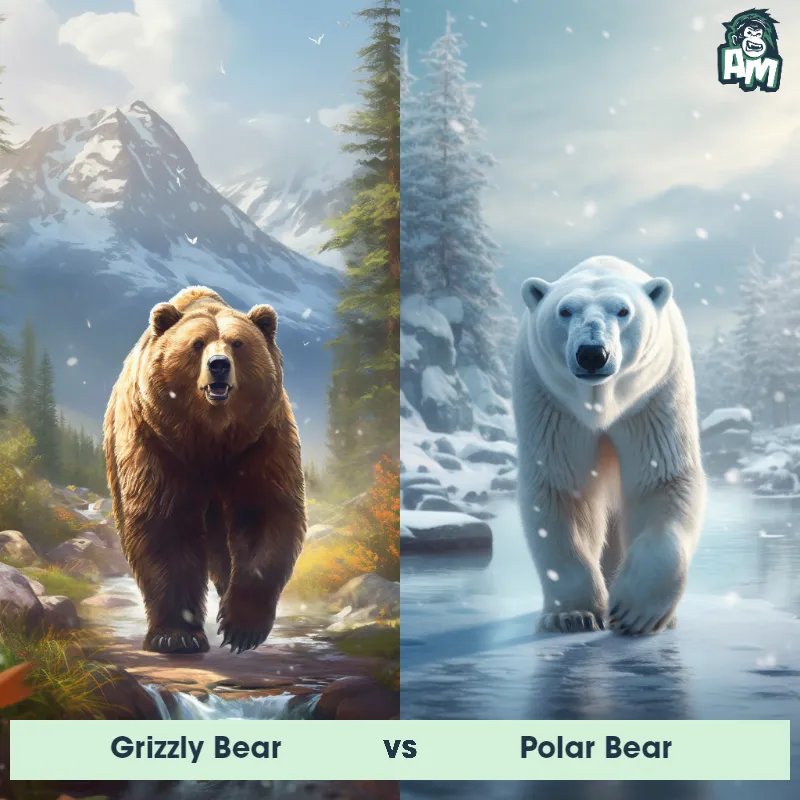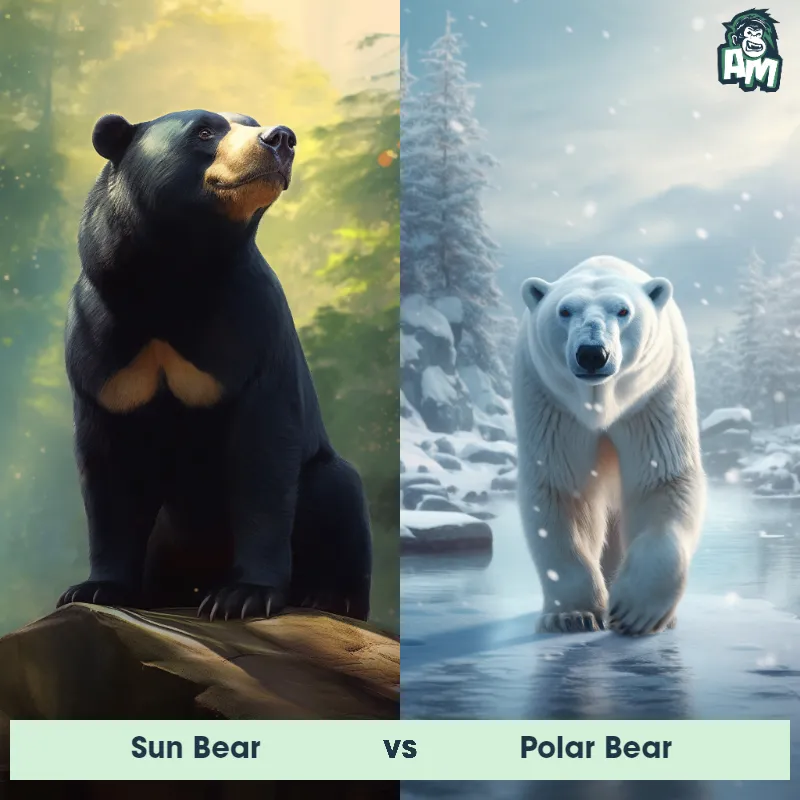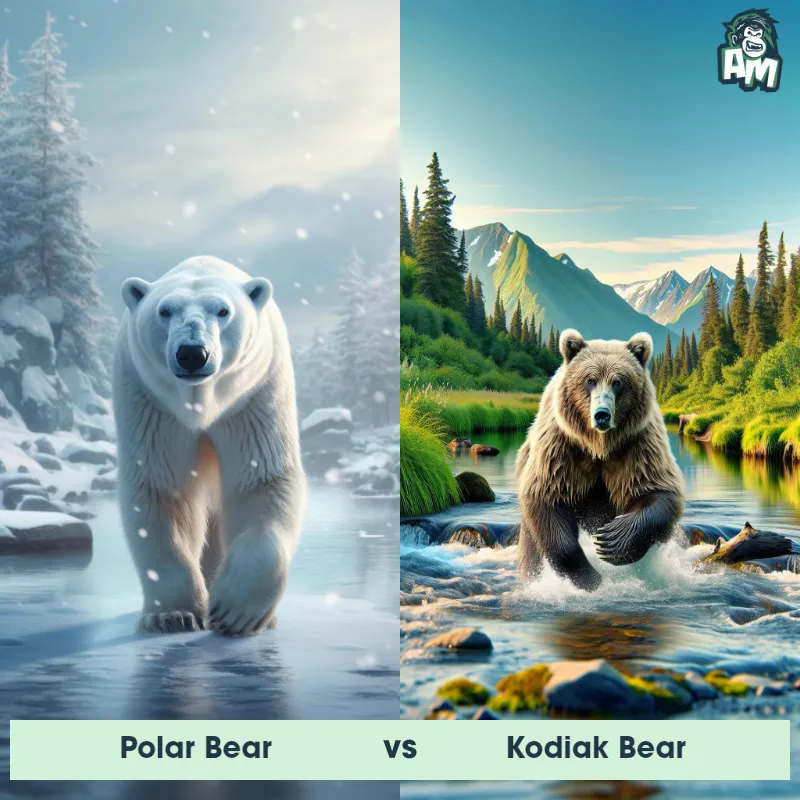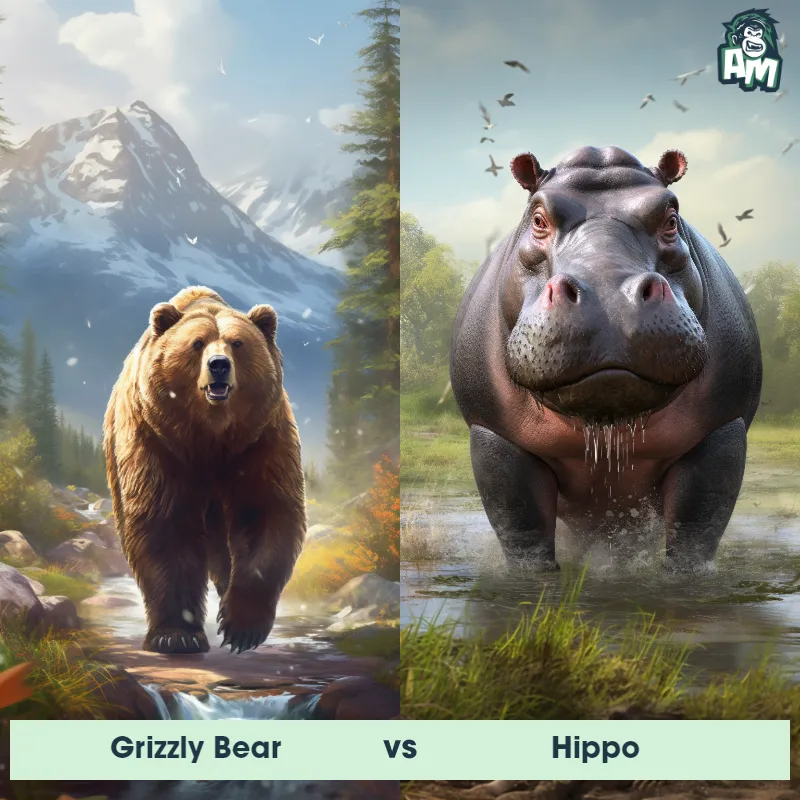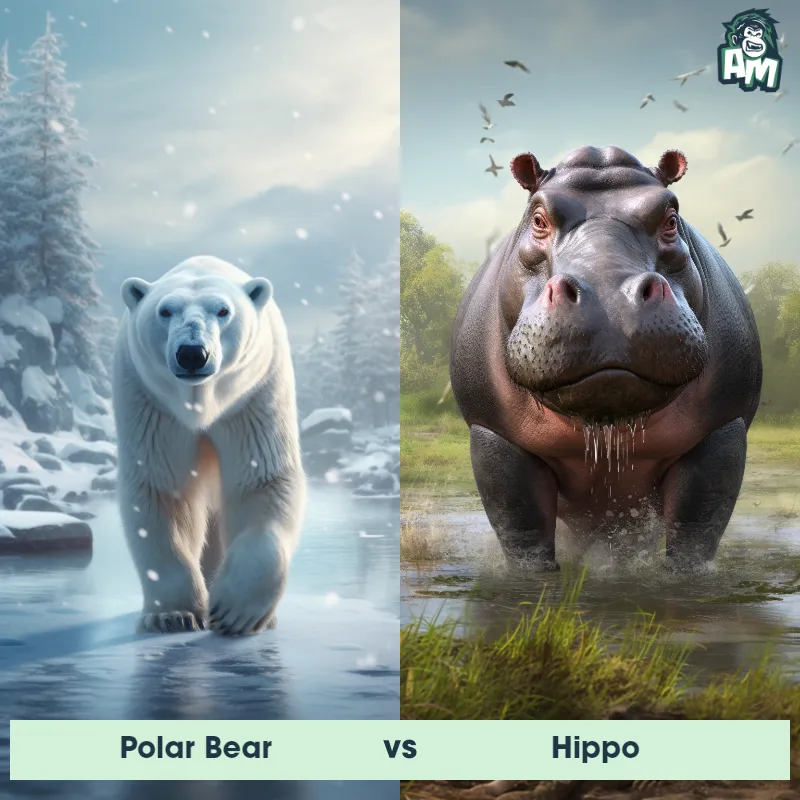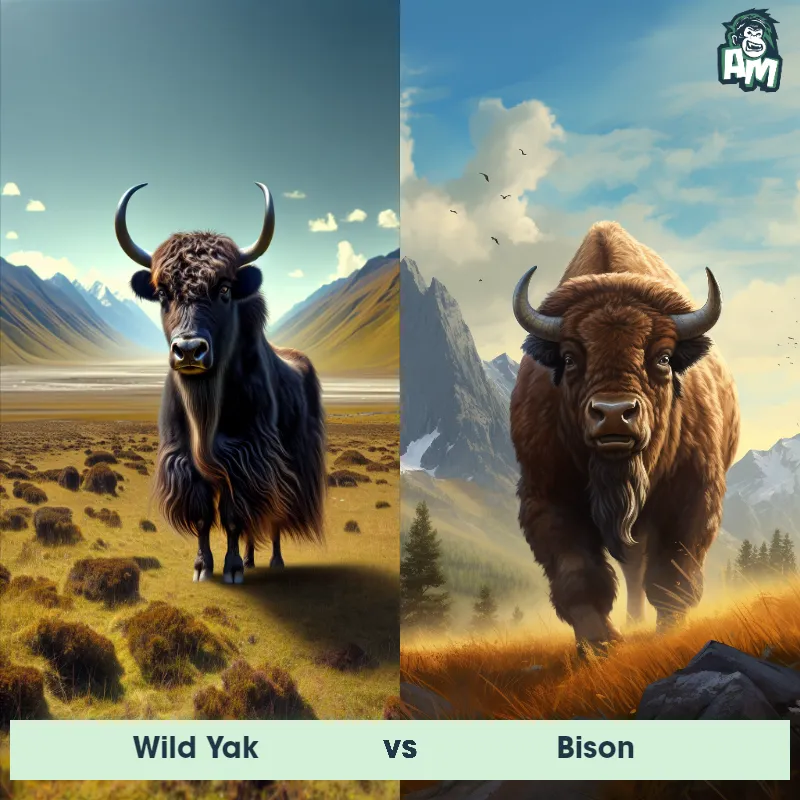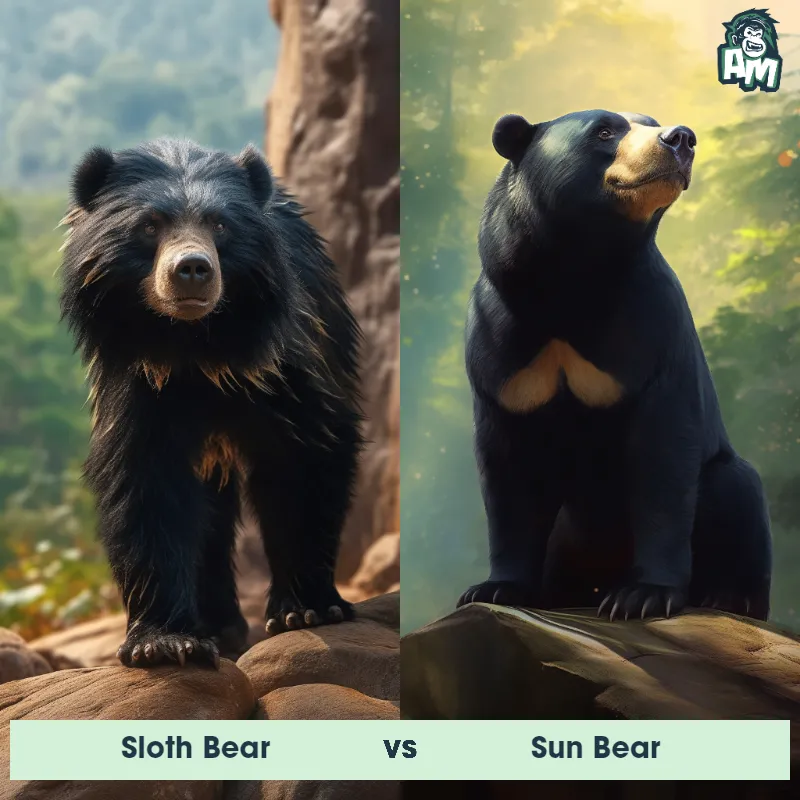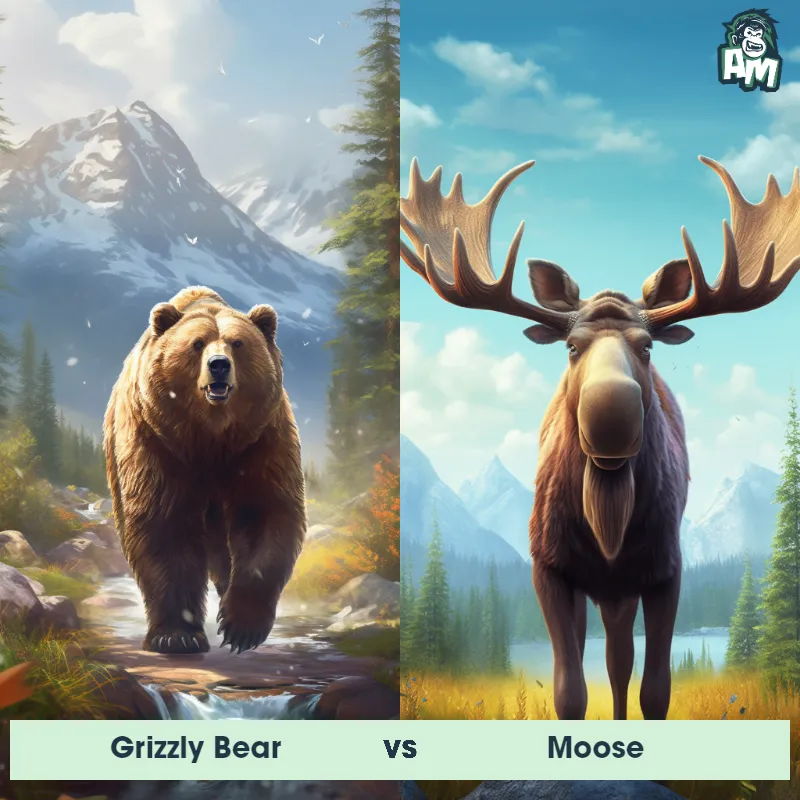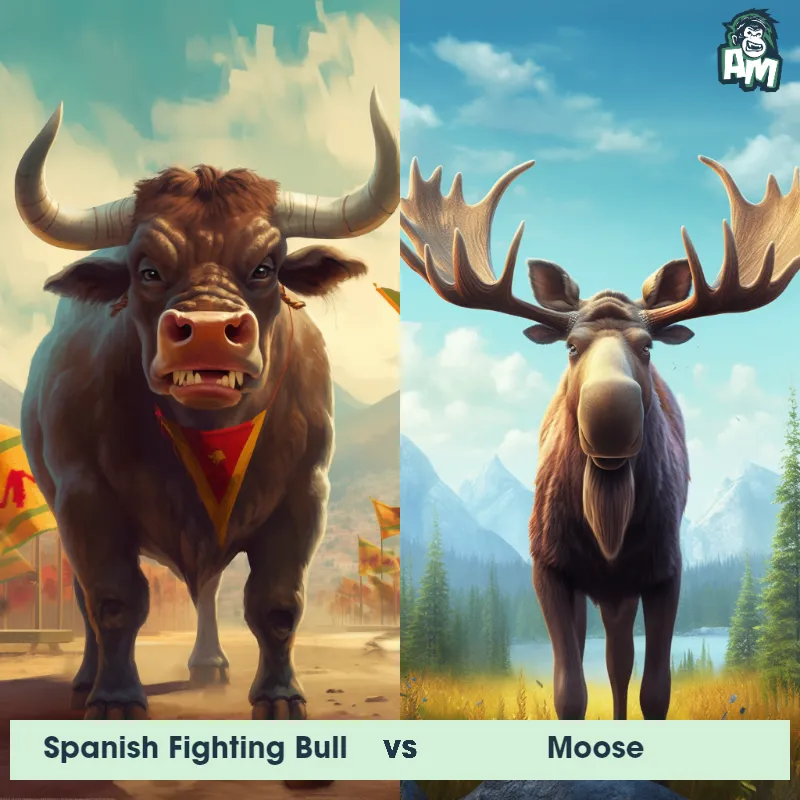Cape Buffalo vs Grizzly BearSee Who Wins

Ladies and gentlemen, welcome to this highly anticipated matchup between two formidable competitors in the animal kingdom! We find ourselves in the heart of the wild as a massive Cape Buffalo and a ferocious Grizzly Bear step into the ring. It's a heavyweight clash that promises to leave us on the edge of our seats. Get ready for three intense rounds of action!
Contender 1: Cape Buffalo
The Cape Buffalo, also known as the African Buffalo, is a large and powerful bovine species found in sub-Saharan Africa. They have a stocky build, with a broad chest and powerful legs, and can weigh up to 1,000 kg. Their coat is dark brown or black, and they have large, curved horns that can span up to 1.5 meters. Cape Buffalos are known for their aggressive behavior and are considered one of the most dangerous animals in Africa.
Fun Fact: Cape Buffalos have a reputation for being one of the "Big Five" game animals, along with lions, leopards, elephants, and rhinoceroses.
Contender 2: Grizzly Bear
The Grizzly Bear, also known as the North American Brown Bear, is a large mammal that can weigh up to 600 pounds and stand up to 8 feet tall on its hind legs. They have distinctive humps on their shoulders, long claws, and a concave facial profile. Grizzly Bears are omnivores and can be found in North America, primarily in Alaska and western Canada.
![[object Object] Gif](https://tenor.com/view/fighting-match-quarrel-brawl-battle-gif-15965644.gif)
Fun Fact: Grizzly Bears have an incredible sense of smell and can detect food from miles away, making them excellent hunters and scavengers.
Matchup Stats
| Cape Buffalo | Grizzly Bear | |
|---|---|---|
| Size | Height at shoulder: 1.0-1.7 meters (3.3-5.6 feet); Length: 1.7-3.4 meters (5.6-11.2 feet) | Up to 8 feet tall (2.4 meters) |
| Weight | 500-1,000 kg (1,100-2,200 lbs) | Up to 600 pounds (272 kilograms) |
| Speed | Speed: 35 mph (56 km/hr) | Speed: 30 mph (48.28 km/hr) |
| Key Strength | Powerful charge and sharp horns | Powerful jaws and sharp claws |
| Biggest Weakness | Poor eyesight and slow movement | Slow movement and vulnerability to attacks from behind |
Current Votes
Cape Buffalo vs Grizzly Bear
See Who Wins
View More Matches
Looking For More?
Similar Matches
Scientific Stats
| Cape Buffalo | Grizzly Bear | |
|---|---|---|
| Scientific Name | Syncerus caffer | Ursus arctos horribilis |
| Family | Bovidae | Ursidae |
| Habitat | Grasslands, savannas, and forests | Forests, meadows, and mountains |
| Geography | Sub-Saharan Africa | North America, primarily in Alaska and western Canada |
| Diet | Herbivorous, feeding on grasses, leaves, and other vegetation | Omnivorous, eats berries, roots, fish, small mammals, and carrion |
| Lifespan | 15 years - 25 years | 20 years - 25 years |
Key Differences between Cape Buffalo and Grizzly Bear
- Facial Features: Cape Buffalo Has a broad and flat face with a wide nose and large, upward-curving horns. Grizzly Bear Bears have a more pointed snout, with small, round ears and relatively short hornless head.
- Tail: Cape Buffalo Long, thin tail ending in a tuft of hair. Grizzly Bear Short tail that extends only a few inches beyond the body.
- Size: Cape Buffalo Adult males typically weigh between 1,100 to 1,900 pounds (500 to 850 kilograms) and stand approximately 5 to 6.5 feet (1.5 to 2 meters) tall at the shoulder. Grizzly Bear Adult males can weigh anywhere between 400 to 1,200 pounds (180 to 540 kilograms) and reach a height of 3.3 to 3.8 feet (1 to 1.2 meters) at the shoulder.
- Horns: Cape Buffalo Both males and females possess horns that form a large "boss" which is fused bone at the top of their heads, with the tips curving outward and upward. Grizzly Bear Bears do not have horns, but they possess strong claws instead.
- Fur color and texture: Cape Buffalo Dark brown to black coat color, with sparse and coarse hair covering the body. Grizzly Bear Typically has a brown or blond coat color, though it can vary greatly among individuals. Their fur is thick, long, and shaggy.
- Body Shape: Cape Buffalo Barrel-shaped body with a large head, sturdy legs, and a distinct pair of curved horns. Grizzly Bear More compact body with muscular humped shoulders, a large head, and shorter legs.



